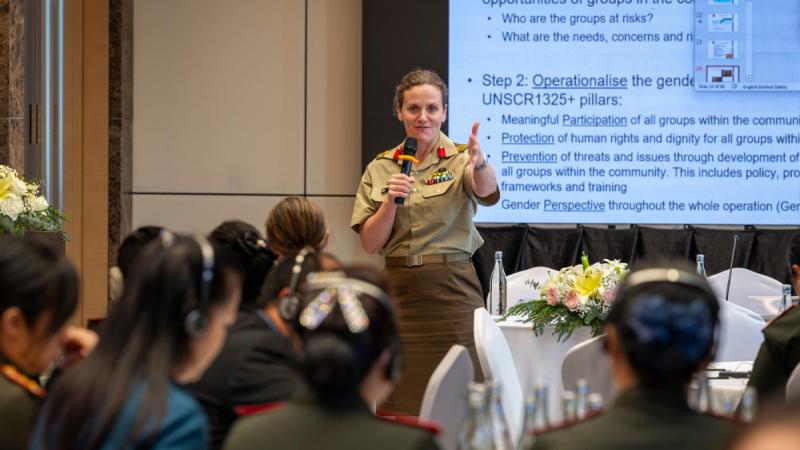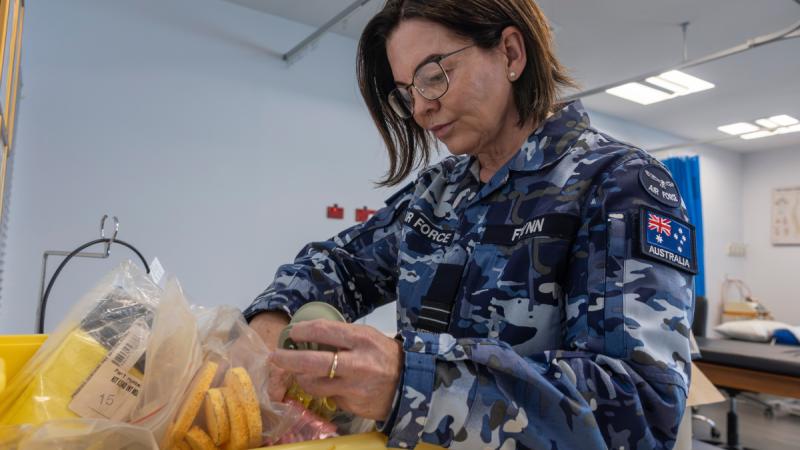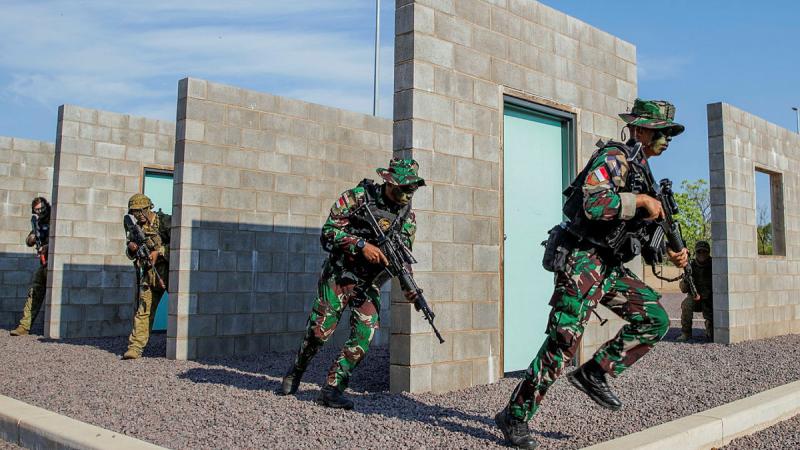29 October 2025
Australian Navy Cadets are proudly showcasing both Australian naval tradition and national culture at home and around the globe in a series of international exchanges fostering closer bonds between nations.
This month, cadets from Australia, New Zealand and the United States toured HMAS Watson and HMAS Kuttabul as part of a unique alliance, building shared experiences ahead of the annual Australian Navy Cadets camp at HMAS Albatross.
Australian Navy Cadets International Exchange Program Liaison Officer Lieutenant Commander Richard Mingramm said he was proud of the way the Aussie cadets acted as ambassadors for both Navy and Australia as a whole.
“Most of the kids have never been on a plane. Now, they are going to foreign countries, seeing some amazing cultural insights, and they’re doing military stuff. These are the experiences they will remember for the rest of their lives,” Lieutenant Commander Mingramm said.
United States Naval Sea Cadet Corps Chief Petty Officer William Clement said the exchange has been a real-world experience in better understanding the connection between Australia and the United States.
“I am really excited to be on this exchange, because I’m getting to learn about another country’s culture. It really puts into perspective both our differences and what we have in common,” he said.
Sea Cadet Association of New Zealand member Chief Petty Officer Neeka Wilson found it insightful to learn just how closely the Royal Australian and New Zealand navies interoperate, saying the friendships forged between trans-Tasman cadets now could serve both nations well into the future.
“I think making close connections is so important, and understanding how each service works with each country – because you never know, later down the line you might one day meet each other again on a ship,” she said.
'If we start off in cadets, we can build those stronger bonds for later in service.'
The sentiment was echoed by Australian Navy Cadet Chief Petty Officer Charlie van der Heiden, who said he believes we should not wait until active service to start promoting interoperability between allies.
“We work together in the Defence Force, so in the Cadet Force we should work closely together as well, because all of our countries have this close history of working together,” he said.
“If we start off in cadets, we can build those stronger bonds for later in service.”
Lieutenant Commander Mingramm said the experience was richly rewarding and a compelling option for families, with the Australian Navy Cadets program accessible around the country.
“Where else do your kids get to go sailing, shooting, visit warships and overseas? It’s a good deal for parents,” Lieutenant Commander Mingramm said.
“It doesn’t cost them anything. Navy provides the national camp transport, accommodation, meals and uniforms, so from a parent’s perspective it is not an expensive exercise.”
Having been involved in Australian Navy Cadets for more than 15 years, Lieutenant Commander Mingramm said there is no obligation for future Defence service, but he is proud of how the organisation develops resilience in young Australians, equipping them with the skills and knowledge they need to grow into healthy, well-rounded young adults.
“To see someone come in who is 12 years old and 4’10”, and leave at 17, 6’0” tall and bulletproof is a hugely rewarding experience. If we can add some value to their lives as an individual, it makes things so worthwhile,” Lieutenant Commander Mingramm said.
Australian Navy Cadets is an organisation run by the Australian Government and is a member of the International Sea Cadet Association, a voluntary organisation of more than 20 cadet associations around the globe that facilitates international exchanges and cooperation between member nations.
For more information on your local cadet training ship, go to www.navycadets.gov.au.


